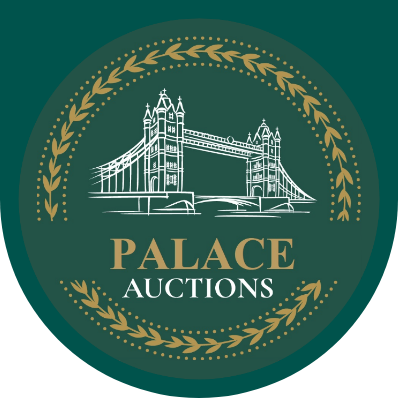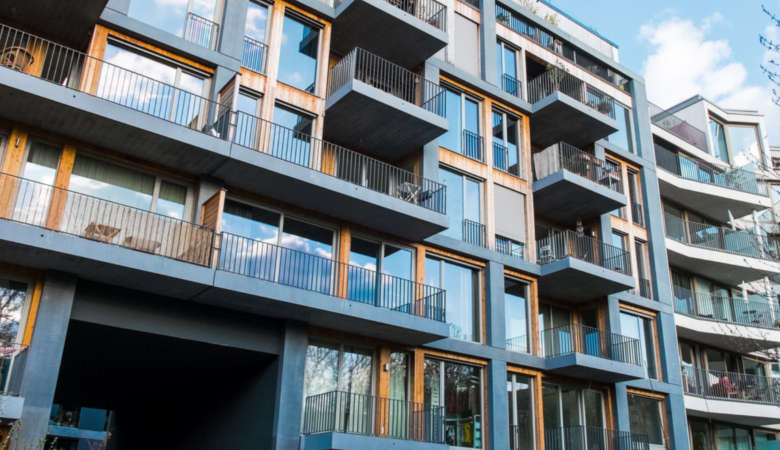Leasehold Flats in Flux: Here’s Where We Are Now
If you own, want to buy, or invest in leasehold flats in the UK, chances are you’ve noticed things changing rapidly in 2025. This year has brought new laws, price fluctuations, and a lot of hot takes about what the future might look like. Here’s a straightforward breakdown of what’s happening right now.
1. Major Leasehold Law Reforms in Motion
The big story: the UK government is moving full steam ahead to ban new leasehold flats in England and Wales. This follows the successful ban on leasehold houses introduced last year.
So, what’s next?
- A new Leasehold and Commonhold Reform Bill is expected later this year. Its main aim? Replace the old leasehold model with “commonhold” – where flat owners have a direct stake and shared say in how their building is run.
- This could mean no more ground rent, no third-party freeholders calling the shots, and (hopefully) fewer headaches for flat owners.
- If you already own a leasehold flat, you’re not left out. There are other reforms you’ll want to know about (more below).

2. What’s Already Changed for Leaseholders in 2025
Not everything is up in the air—several rules have already come into force this year that impact flat owners directly:
- Right to Manage Thresholds Expanded:
-
- Leaseholders in mixed-use buildings (like those with commercial shops on ground floors) now have it easier. The proportion of non-residential space allowed has doubled from 25% to 50%. That means many more buildings qualify for leaseholders to take control over building management.
- Plus, you no longer have to foot the bill for your freeholder’s legal costs when you make such a claim—a big win for leaseholders.
- Easier Service Charge Disputes:
-
- Reforms have made it easier for leaseholders to dispute unfair service charges and challenge poor management.
- Stamp Duty Shake-Up:
-
- Since April 2025, landlords pay extra stamp duty on investment flats. For instance, a typical £250k flat now costs £15,000 in stamp duty (up from £12,500). On properties at £500k, you’re now looking at £40,000 instead of £37,500. This puts more pressure on buy-to-let finances, so investors need to do their maths carefully.
3. How Is the Leasehold Flat Market Responding?
Despite the legal shake-up, the wider property market is not tanking. Actually, it’s doing better than you might expect.
- Prices: After a busy spring, average asking prices took a 1.2% dip in July (the biggest July fall in 20 years), putting the national average just under £374,000. London dropped a bit more, but this is seen as a summer lull and a response to the higher supply—not a crash.
- Buyer Demand: Demand has bounced back unexpectedly. Enquiries about flats are up—11% higher than this time last year (Zoopla), with big portals like Rightmove also seeing a 6% annual jump for July.
- Supply Factors: There’s more choice for buyers and investors, which puts pressure on sellers to be realistic with their prices. But in certain regions—especially outside southern England—demand has kept things ticking over.

4. Regional Differences – Not All Markets Are Equal
When it comes to leasehold flats, what’s true for London isn’t always true up north or out west:
- South of England & London: Prices here have shown the most wobbles, especially for older leasehold stock with short leases or big service charge concerns. Buyers are cautious and expect a discount given the uncertain future.
- Northern Regions & Scotland: Flats remain relatively affordable, and demand has held up well. Less investor competition means first-time buyers are still in play.
- Wales & Midlands: Leasehold reform has boosted confidence, especially in city centres where buyers see the value in potential future “commonhold” status.
Bottom line: if you’re looking outside of the priciest postcodes, the leasehold market is less fraught than headlines make out.
5. Will Leasehold Flats Become Commonhold? (And Should You Care?)
The direction of travel is clear: commonhold—where all residents own a share of the building and there’s no distant freeholder—will soon be the standard for new flats. But, transitioning existing flats won’t be immediate.
- The upcoming Leasehold and Commonhold Reform Bill aims to make this switch smoother. Industry insiders expect conversion options, incentives, and clear routes for flat owners.
- For current leaseholders: This could mean more control, less bureaucracy when extending leases, and potentially better resale values for flats on commonhold terms.
- Sellers & Investors: Keep an eye out for flats advertising longer leases, lower service charges, or clearer management. These are likely to gain more attention as buyers become more aware of the upcoming changes.

6. Legal Hurdles & What’s Next
Not all freeholders are taking these changes lying down. There are legal challenges in the works (including a Judicial Review on parts of the Leasehold and Freehold Reform Act granted earlier this year). This might slow things slightly, but momentum is very much with leaseholders.
Expect the draft bill later in 2025, with new regulations rolling out across 2026 and beyond. Until commonhold becomes the norm, leaseholders should keep up to speed with developments and seek advice before buying or selling.
7. Tips for Buyers, Sellers, and Investors Right Now
Cutting through the legal jargon, here’s what you need to know if you’re looking at leasehold flats this year:
For Buyers
- Read the Lease: Check the length. Anything under 90 years is worth a closer look, and anything under 80 years can be tricky to mortgage or sell later.
- Service Charges Matter: Ask about upcoming repairs and current service charge levels.
- Future-Proof Your Purchase: Look for blocks where leaseholders already have Right to Manage or are planning to pursue commonhold.
For Sellers
- Get Lease Extensions Sorted: It’s a lot easier to sell a flat with a long lease (90+ years).
- Disclose Service Charge/Management Info: Today’s buyers are clued up, so transparency helps sales.
For Investors
- Budget for Extra Stamp Duty: Factor this cost into your return calculations.
- Focus on Blocks with Engaged Management: Properties where leaseholders have more control are seen as lower risk.
- Keep Watch on New Legislation: The landscape is moving—understand how commonhold and new rights could affect yields.
If you’re looking at upcoming leasehold auctions or want advice tailored to your situation, check our current listings at Palace Auctions or get in touch for guidance.

Final Thoughts
2025 is shaping up to be a landmark year for flat owners across the UK. As the government turbo-charges leasehold reform, everyone—from first-time buyers to seasoned investors—should keep an eye on legal updates, know their building’s position, and factor in the real costs when doing a deal. While the road to commonhold may have a few bumps left, the balance of power is clearly shifting toward flat owners.
Stay tuned for more updates—this is one property story that’s far from over.
Looking for more market insights, auction opportunities, or flat-ownership tips? Visit Palace Auctions for all the latest.
..


